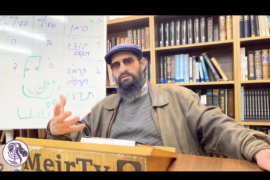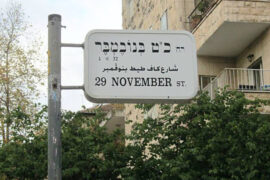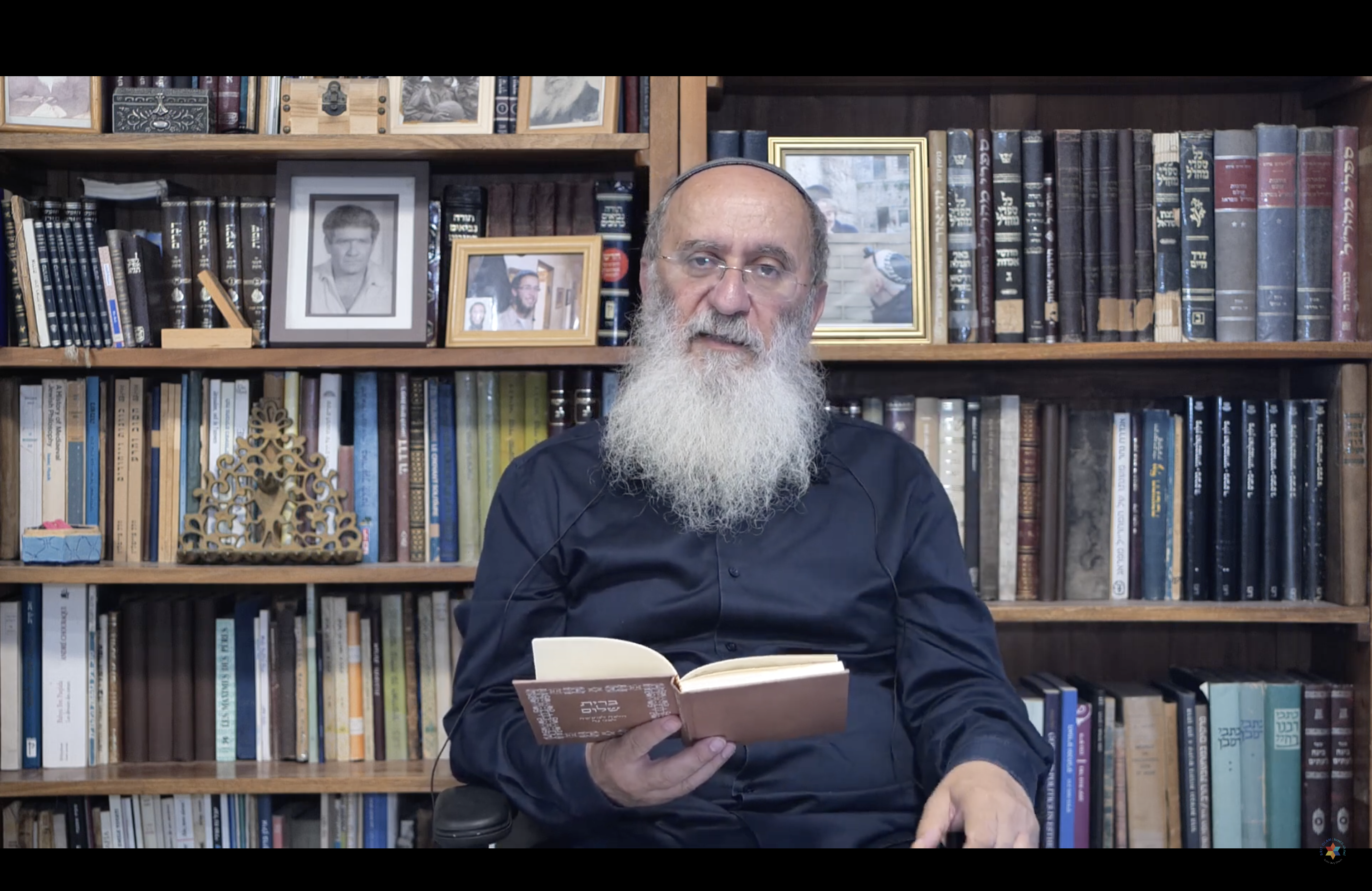HaRav Avraham Yitzḥak HaKohen Kook, famed kabbalist and chief rabbi of Palestine until departing the world in 1935, teaches in Orot HaT’ḥiya 18 that as Israel returns to national life in our land, three powerful forces emerge.
HaRav defines these as the Kodesh (holy/religious), the Uma (national/nationalist) and the Enoshut (humanity/universalist) forces within Israel that are ultimately meant to all coexist within a larger camp of supernal holiness that fully expresses each of the three forces without diluting any.
When Rav Kook wrote this essay, the three forces developing could be seen as the Ḥaredi community, the various Zionist parties and Jews on the left who identify with the struggles of humanity at large more so than with the particular struggles of the Jewish people (or who see human divisions more along class lines).
Rav Kook points out that each of these forces is an equally valid expression of Israel’s deeper identity and that each is a crucial component for Israel fulfilling our historic mission. But HaRav also warns that these forces must mature and develop independently before merging into a super camp so as not to be diluted.
In Rav Kook’s generation, there was an attempt to combine two of these forces, the holy and the national, in what was called “Religious Zionism” – a failed premature synthesis that attempted to combine two isms but watered down both by producing a camp less religious than the Ḥaredi community and less nationalist then even Labor Zionism.
In fact, during the 1967 Six Day War, it was the cabinet ministers from the National Religious Party that opposed liberating ancient Jerusalem while ministers from the Labor party pushed for Israel to take the Old City.
But the liberation of ancient Jerusalem actually led to the rise of a new national religious identity that’s arguably more Torah observant than the Ḥaredim and unarguably more nationalist than the Likud. But this ultra-nationalist-ultra-religious vanguard camp that still requires ultra-universalism.





